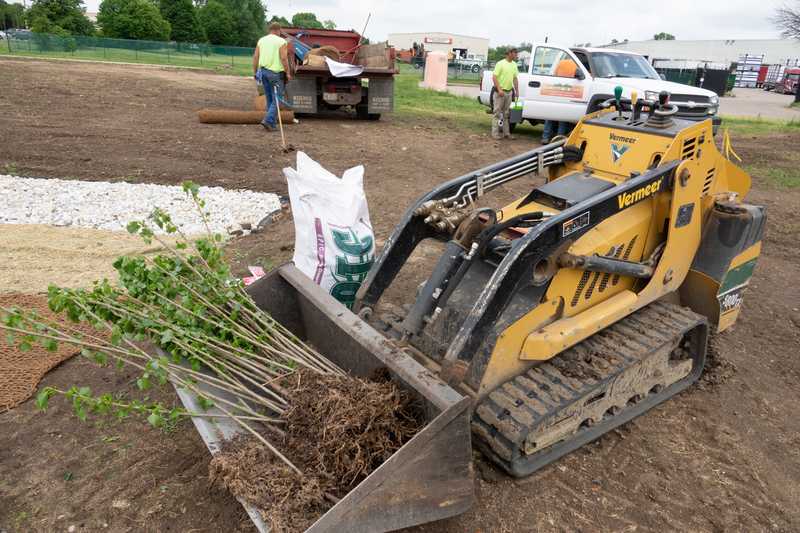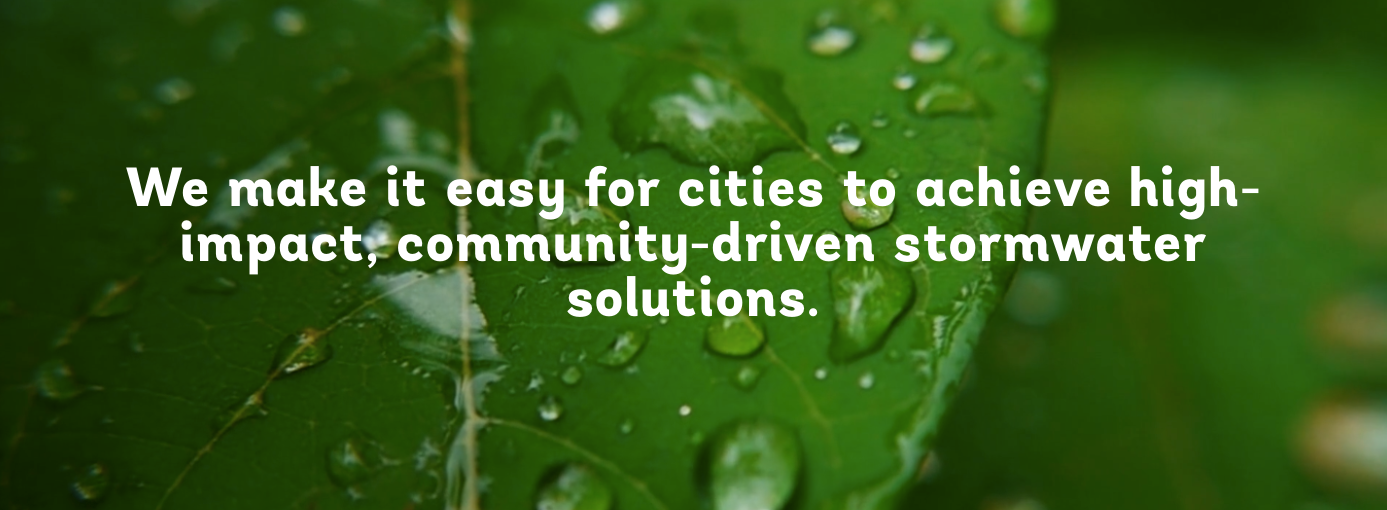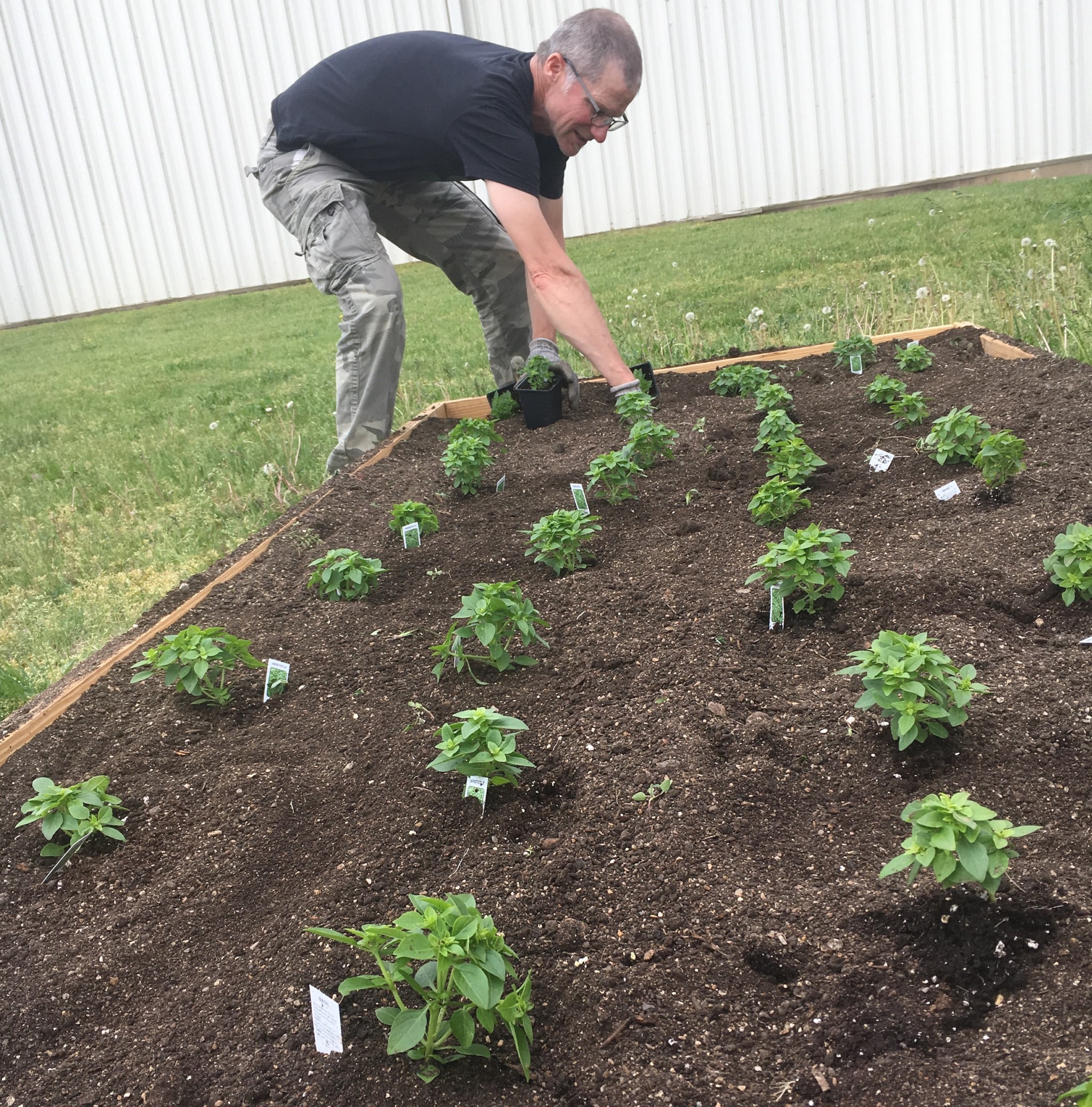Greenprint Partners leading the way in helping America’s communities contribute to climate mitigation

As the Global Climate Action Summit kicks off this week, companies like Greenprint Partners are leading the way in helping America’s communities contribute to climate mitigation while also making them more resilient to the climate change effects they have already seen.
Companies like Greenprint Partners are leading the way in helping America’s communities contribute to climate mitigation while also making them more resilient to the climate change effects they have already seen. Read more about their efforts with green infrastructure in Ohio and Illinois.
As the California Global Climate Summit is about to kick off, companies like Greenprint Partners are leading the way in helping America’s communities deal with the present and future impacts of climate change.
Across the United States, nature takes many forms; from snow-capped mountains in Alaska, to the Everglades in Florida, and arid deserts in New Mexico. Nature now needs to be viewed in another form – that of a solution to climate change.
Deployed globally, natural climate solutions can be one third of the answer to climate change by 2030. This potential comes from multiple approaches such as reforestation to improved soil nutrient management and green infrastructure. Read more about their efforts in Ohio and Illinois.

Every year, 800 million gallons of polluted stormwater flood Youngstown, Ohio, damaging its rivers and lakes and placing community health at risk. The city is one of hundreds across the US that were built with a combined sewer and stormwater system. Old and expensive to fix, this infrastructure is now struggling to cope as the number of severe storms caused by climate change grows. But Youngstown cannot simply ignore the problem: as well as the environmental and social risks, it faces the prospect of mandatory environmental regulation that demands it clean up its act. So, the city is looking to a different, more affordable, solution: green infrastructure.
With help from Greenprint Partners, Youngstown is set to become one of the first US cities to deploy a long-term, citywide green infrastructure plan, using natural landscaping features that help slow, collect and filter water where it falls. These features can include permeable pavements, bioswales (which remove debris and pollution from surface runoff water), plants and trees. Trees are particularly useful in tackling stormwater runoff since their leaves and branches catch and store rain. Meanwhile, roots and fallen leaves improve soil conditions to encourage water filtration.
Established in 2014, Greenprint works with city and water authorities and private property owners to develop and implement green infrastructure projects that are specifically located in low-to-moderate income communities. “These communities represent a huge opportunity,” says Greenprint chief executive Nicole Chavas. “They are most prone to flooding and least likely to have the resources to respond to it.”
Future-proofing our cities
Today, Greenprint maintains 55 acres of green infrastructure with a capacity to manage 3.7 million gallons of stormwater in cities across the US. More will be needed, though, if cities are to have any kind of resilience against future weather changes. Over the past five decades, heavy rainfall across the Northeast, Midwest and upper Great Plains has increased by more than 30% above the 1901-1960 average. Meanwhile, the US National Climate Assessment believes that that the risk of future floods is significant because of human activity.
“Nature is the most resilient form of infrastructure,” says Chavas, “but we have paved over it. Planting trees can play an important role. For instance, we’ve transformed a 1.6-acre vacant property into a stormwater forest, flowering bioswale and 100 raised beds through our $2 million project in Peoria, Illinois.”
While the organization’s primary focus is stormwater management, Greenprint measures and tracks 20 different environmental, social and economic indicators throughout a project’s lifecycle, including carbon dioxide (CO2) emissions. Indeed, its projects have the potential to catalyze urban woodland revitalisation, thereby helping cities manage their CO2 levels. For example, at a five-acre site in Indiana, Greenprint has planted 3,800 hybrid poplar trees that will sequester an estimated 4,848 tonnes of CO2 over their 15-year lifecycle. “This is roughly the equivalent of taking 1,000 cars off the road every year,” says April Mendez, Greenprint vice president, programs. [1]
As well as its environmental impact, research shows that green infrastructure can have a positive impact on a community’s economy, health and crime levels. For example, the University of Pennsylvania has found that property values rise between 18-30% within a mile of intentionally greened and maintained areas. [2]
Reductions in narcotics and gun crime
“Philadelphia has invested $3 billion in green infrastructure,” explains Keland Logan, founding member and executive director of The Colony Youngstown, one of several community organizations working with Greenprint on its green infrastructure development plan. “And they’ve started to see significant reductions in narcotics and gun crime.”
Logan has also visited Pittsburgh and says that green infrastructure is having a clear impact on community life. “Business owners told us that as well as increasing property values, they’d seen a rise in the amount of business they’re doing.” For a city like Youngstown, which has seen its population shrink by 60%, green infrastructure could represent a major lifeline.
Greenprint’s work in Youngstown also focuses on health, following community consultation; as well as the risks associated with exposure to raw sewage, the city wants to encourage more active lives. “That means we’ll look at physical characteristics of streets,” say Mendez. “Can we plant trees along streets to increase shade and encourage more walking? Can we look at traffic calming measures, so more people can cycle?”
It seems increasingly clear that the choices we make about our urban environments are deeply interconnected. With extreme weather events caused by climate change expected to rise, green infrastructure has the potential to help cities build resilience and transform lives. The good news, says Chavas, is that interest from investors in equitable climate solutions is on the rise. “We’re looking for scale, now. If we could get $50 million plus of private investment in the next few years that would be significant. In 10 years, I’d like to see $1 billion of investment going through our projects.”
References
[1] using data from Figure 3 of Carbon Dioxide Reduction Through Urban Forestry: Guidelines for Professional and Volunteer Tree Planters. E. Gregory McPherson James R. Simpson. 1999. pg. 3
[2] This was a quote from Nicole’s interview

